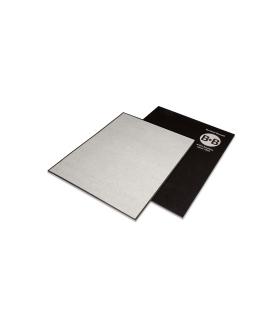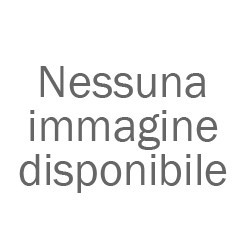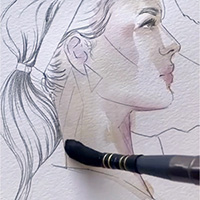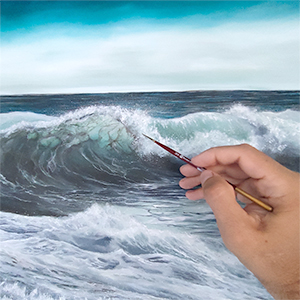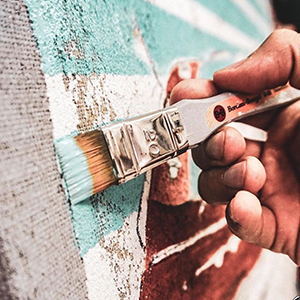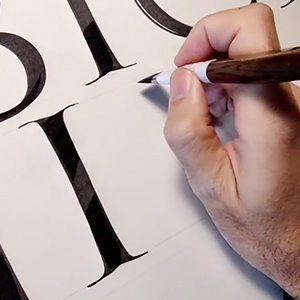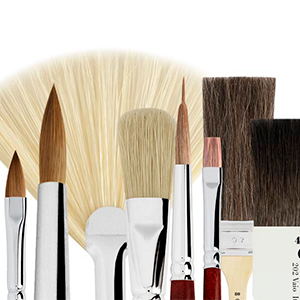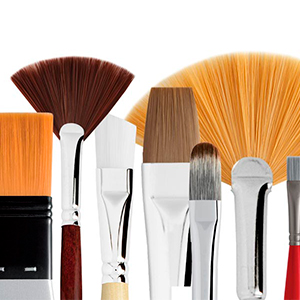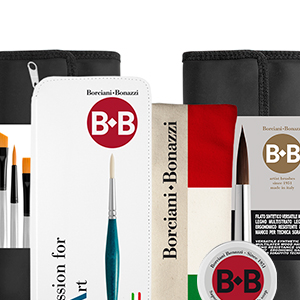Bombasino and Mop brush, what is the difference?
Bombasino and Mop Brush, what is the difference?
It is important to understand the difference between the Bombasino brush and the Mop brush, what are the most suitable uses and especially which one you should choose for your hobby.
In this complete guide we illustrate the differences and similarities between the Bombasino brush and the Mop brush, we will show you how to use the Borciani e Bonazzi brushes and illustrate all the possible uses for these brushes. Choose the right brush for your passions.
To understand the differences between these two widely used brushes you must first give a definition:
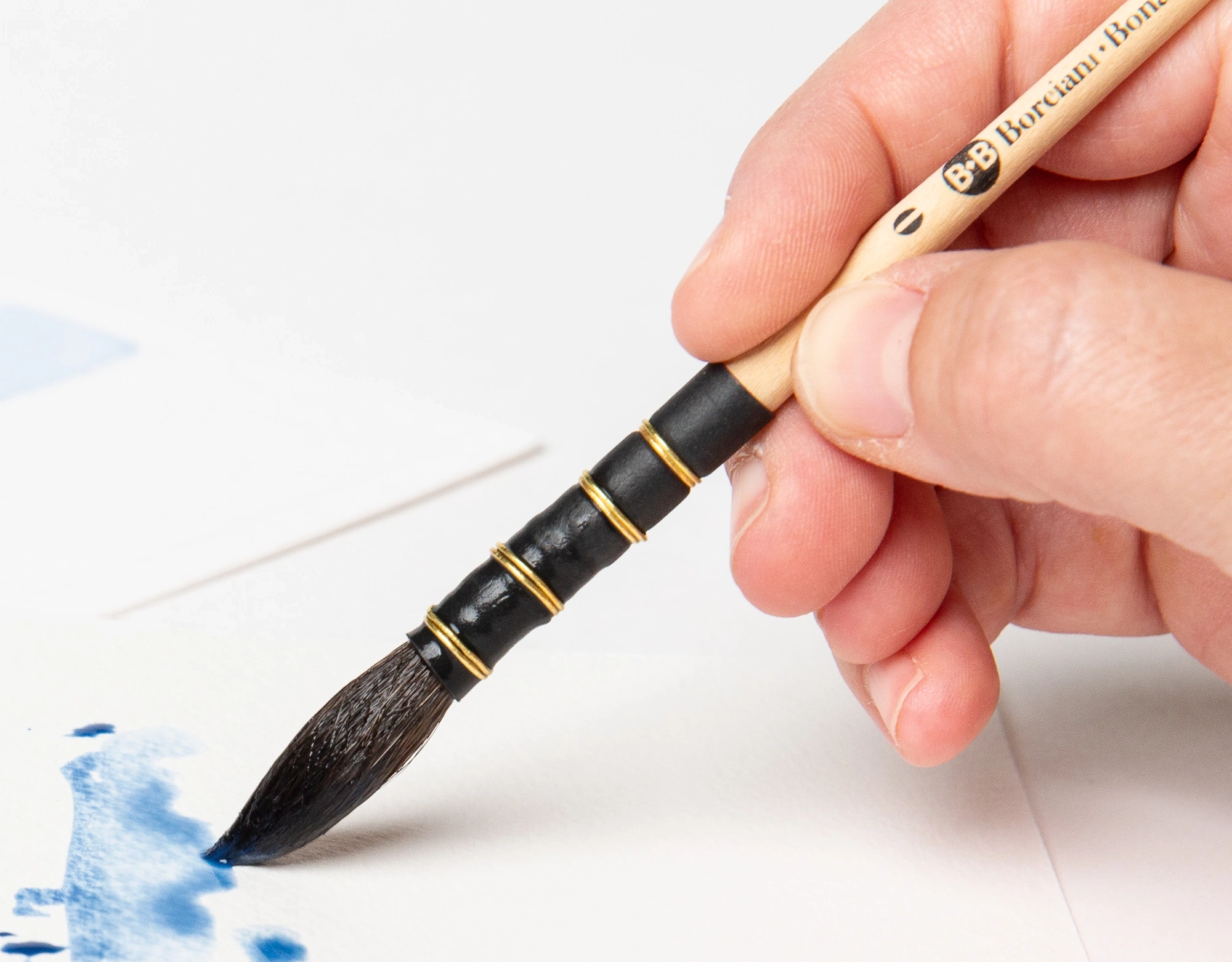
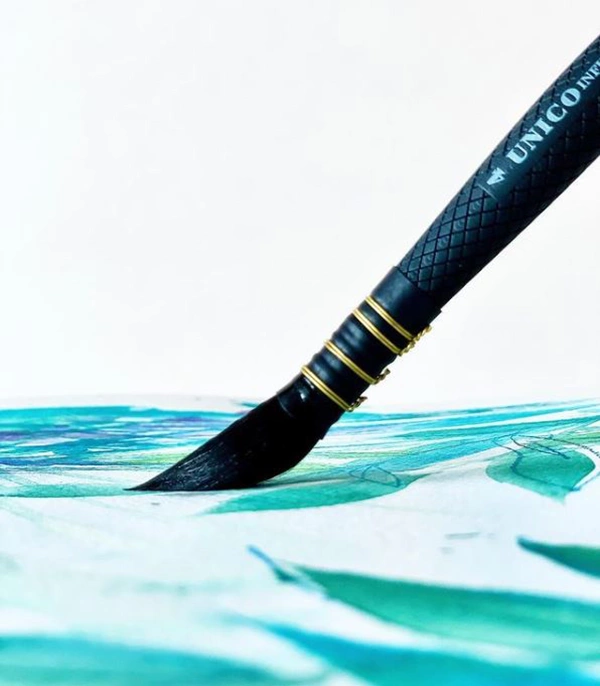
The Bombasino Brush
The Bombasino brush is an extremely soft brush, with a particular and recognizable shape
The Bombasino brush has a rounded short handle and natural fibers tied by hand and held by a transparent rubber ring or a tubular heat-shrinkable rubber as in the case of Borciani e Bonazzi brushes, above which you make the binding in brass thread. This binding in Bombasino brushes replaces the metal ring of traditional brushes.
The binding, that was once carried out in a goose pen instead of the current tubular rubber or plastic, has no aesthetic function but absolutely functional, as it follows the widening of the tuft when it is loaded with liquid, avoiding "force it" as the metal ring could.
The round tip of the Bombasino brush, or flame, with a wide and full base and a pointed finish retains large quantities of water for the fullness of the tank.
The natural softness, given both by the shape and the constructive structure of the brush, allow to give generous brushstrokes and without streaks, with wide and soft shades.
The absence of metal in the ferrule and its lightness, associated with the realization of the head with natural hairs or synthetic fibres that retain water, such as the Borciani e BonazziHIDRO® fibre, make it indispensable for all "light" techniques: the decoration on ceramics, the watercolor and the sauce on the bole in the gilding
The metal ferrule is replaced by a rubber sheath, which allows the fibers of the brush to absorb the fluid color up to the attachment with the handle, without closures and restrictions that limit the absorbency; the result is a long and generous stretch, full and capacious, both in putting color and in removing it.
The brass ligatures, commonly called "French ligatures" are used for fixing the soft ferrule to the head of the handle, without bottlenecks and in the case of the brushes Unico Infinito by Borciani e Bonazzi almost completely without the use of glues.
The Bombasino brush is known as a very valuable brush, generally made of highly hygroscopic natural hairs, especially in pure fur of the vaix tail, a particular Siberian squirrel. Squirrel and Sables hairs, which remain very soft while retaining an excellent degree of elasticity, are the natural hairs used both qith Bombasino and Mop brushes.
Excellent are the "imitations" of Kolinsky Synthetic Sable and the patented fibres such as Hidro® by Borciani e Bonazzi, which maintain very high performance with reduced costs and quality continuity.
The bombasino brush is often used with the watercolor technique and for watercolor pencils, among the watercolor brushes both in natural hair and synthetic fibers. Read also our Focus on Synthetic Brushes!

The Mop Brush
The word "Mop", indicates a very soft brush, generally used in make-up for handling powders.
The rounded shape of the tip allows you to blend the color without leaving traces: with very fluid techniques and even with semifluid techniques the main use is to create soft shades and extremely brilliant highlights.
The base section is oval, and creates roundness in the body of the brush that serves to "move" the color. It can be made of different fibers, natural or synthetic, with a full and thick body, always maintaining the characteristic of the absence of a tip that leaves a trace in the color drafts.
The MOP Brush is traditionally used with circular movements for techniques such as decorative painting and the fantastic shades of Country painting. If it is made of hair or fibres with high absorbency, it becomes an essential tool for the watercolourist in the creation of lights and shadows with total interpenetration in shades without trace.
Thank to the softness of the tip it is used professionally for the application of metal leaves in gilding.
The extreme hygroscopicity of the fibres turns into electrostatic dry brush, thus allowing the metal leaves to be moved lightly on the bolus.
The natural hair of Squirrel or Kolinsky Sable are ideal for the realization of a MOP brush, as well as the synthetic Squirrel, The MKS® Fibre, Kolinsky Synthetic Sable and the Hidro® fibre , both patents of Borciani e Bonazzi, which main focus during the recent yeards is the study of new synthetic fibers.
The head of the MOP brush can thus work both to put the color in the work, to "remove" it and remove it creating intense brightness.
If visually they are very similar, it is a careful analysis of the use that differentiates exactly MOP and Bombasino brushes.
The definition of use is very different, but the common misconception that they are the same type of brush comes from the absence of the translation of Bombasino in other languages besides Italian: It is not uncommon to use the name Mop for the Bombasino brush with the characteristic rubber ferrule tied with the wire in the export or import from foreign companies.
How to use the Bombasino Brush and the Mop Brush
Here are the painting techniques for bombasino and mop brushes and the details to understand which brush is best for you.
For the artist, the name isn't important, while the characteristic of use is:
How to use Bombasino brushes
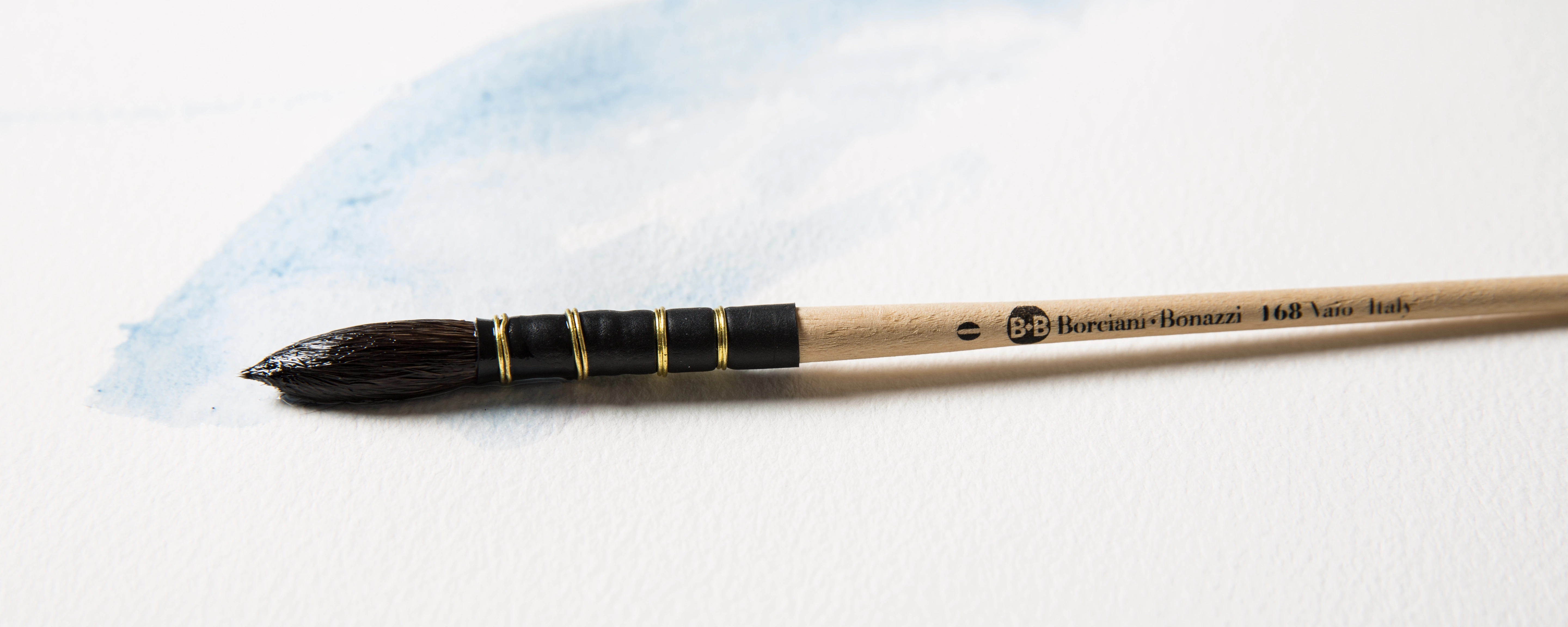
The BOMBASINO Brush is the ideal brush for long and generous strokes, for large backgrounds as well as for small details.
The particular tip allows varying pressures to switch from a wide track to a very thin line. The techniques in which it is used most are: watercolor painting, third-fire painting on ceramic made with powders and binder and Japanese calligraphy, that, with a large tank with slow release of water and with the thin tip will allow you to paint delicate lines with many changes of direction.
series 850, series 855, series 856, series 168, series 69/C, series 69/m, series 69/L. series 700.
How to use MOP brushes
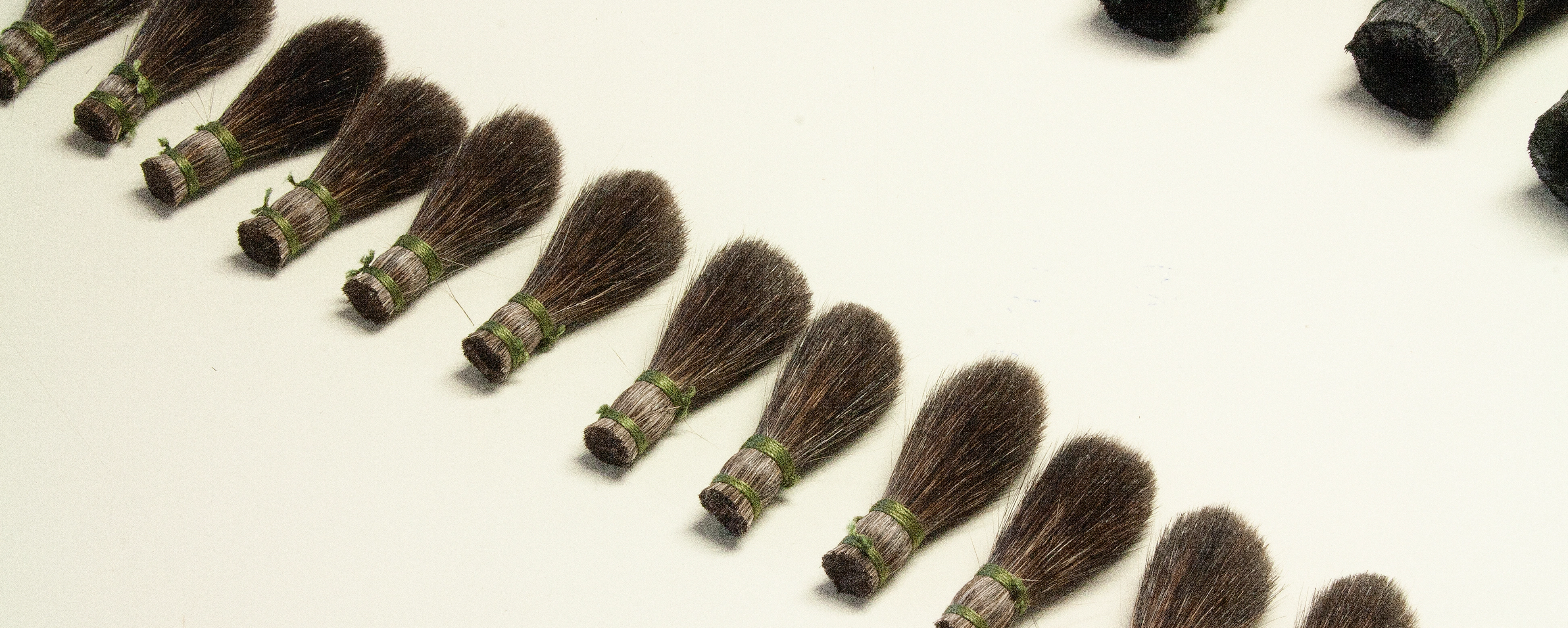
The MOP brush is ideal for creating delicate and very light shades without trace between 2 tones, long and rounded, full-bodied strokes, which use all the "belly" of its characteristic oval section of the head.
The techniques in which it is used more are: splendid lightings in watercolor wet on wet to be obtained with light circular pressures of the tip clean and just moistened, soft applications of mezzetinte with the technique wet on dry, color handling on a dry basis, obtaining a greater softness in the painting.
Facilitating for those who are studying the technique of watercolor, the MOP can be of various natural fibers or hairs, the absence of tip and the large ability to retain the color in small parts, makes it ideal for all shades very light without trace.








